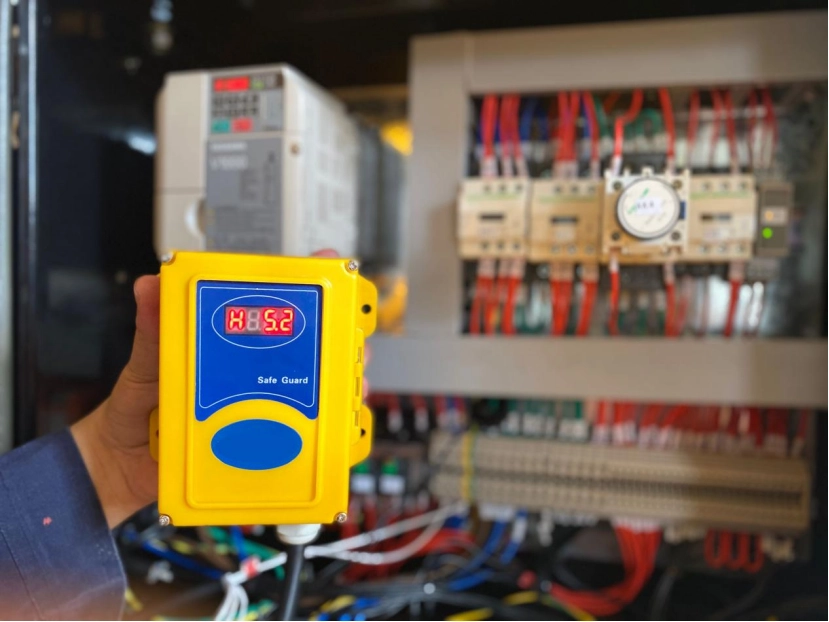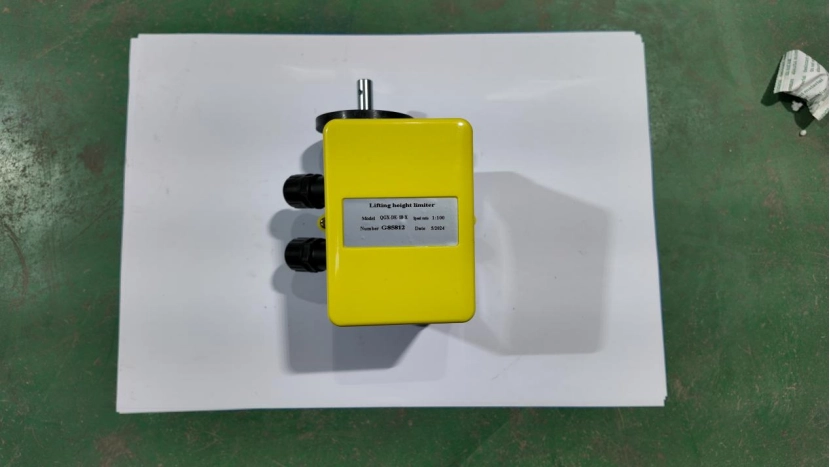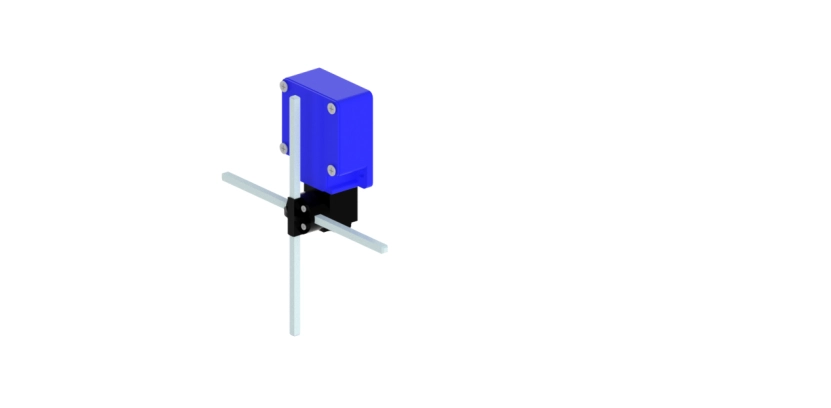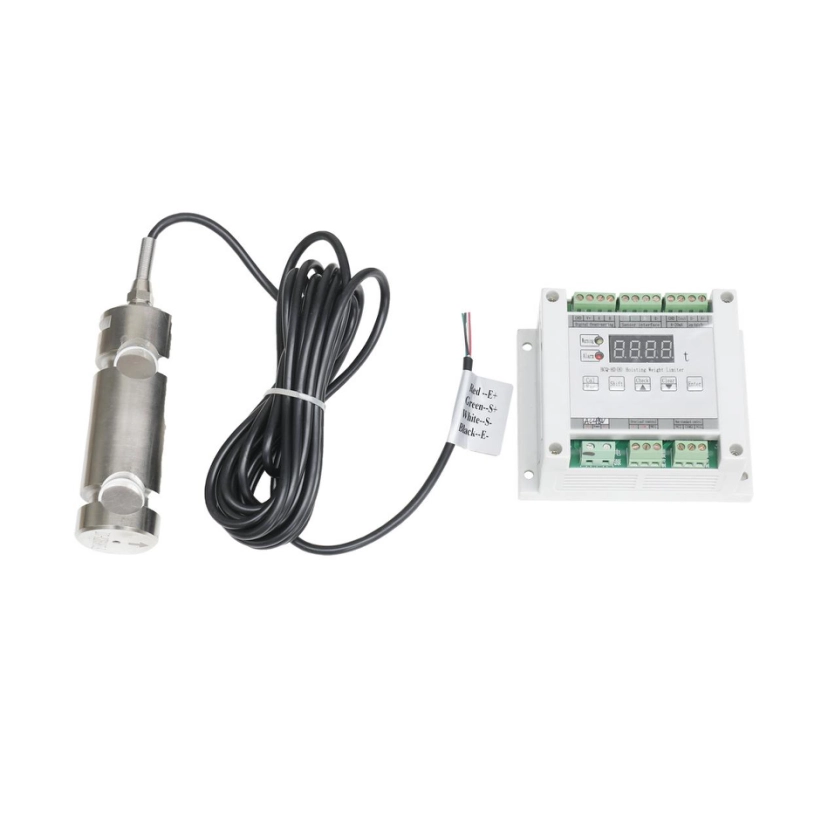Understanding the Different Types of Crane Limit Switches and Their Applications
Date: 2025-04-01 Share:
What Is a Crane Limit Switch?
The Critical Role of Crane Limit Switches in Safety
A crane limit switch is an essential protective tool. It stops excessive motion, overburdening, and possible crashes during crane tasks. This device keeps a crane within secure boundaries. It halts actions or sounds alerts when a set mark is hit.
The crane limit switch function differs based on its use. Yet, its chief purpose is to shield both the machinery and the workers. These controls halt crane activity by cutting power when the hoist, trolley, or bridge hits a fixed spot. They stop an overhead crane from hoisting past its limit. Or they prevent sideways travel before a crash happens. So, limit switches are vital for secure and smooth crane work.
Why Proper Limit Switch Selection Matters
Picking the correct limit switch is crucial. It ensures a crane meets safety rules while running effectively. A badly chosen switch might cause work holdups, extra wear, or even breakdowns. Top-notch crane limit switches are built to match global standards and best practices. The right kind helps avoid mishaps. It also lengthens the equipment’s life and keeps tasks flowing in work settings.
Types of Crane Limit Switches and Their Applications
1. Current Overload Limit Switch
A crane overload limit switch tracks electric flow. It prevents motor damage when the weight goes beyond a safe point. This switch is key in keeping the crane from lifting too much. Thus, it avoids strain or equipment collapse.
You often see this type in places where crane loads change a lot. Think of building sites and storage areas. It spots high current use. Then, it stops the lifting to block further harm.
2. Rotating Limit Switch (Height Limiter)
A rotating limit switch, also called a height limiter, manages the up-and-down motion of the hoist. This limit switch for crane hoist keeps the hook or load from rising too high or dropping too low. It lowers the chance of harming the crane or risking lives.
Overhead cranes, gantry cranes, and tower cranes use these often. They ensure safe and exact lifting tasks. These switches matter in fields needing steady load handling and safety rules.
3. Clamp-Type Overload Limit Switch
The clamp-type overload limit switch senses load heft with a gripping system. When the crane’s force passes a set level, it triggers a stop. This prevents structural harm.
This switch suits areas with very heavy loads, like steel plants and dockyards. The gripping setup ensures steady overload detection. It works even in tough work conditions.
4. Cross Limit Switch
A cross limit switch curbs both side-to-side and up-and-down moves at once. It uses a cross-shaped trigger to manage several motion paths. This makes it a key safety part for some crane kinds.
Bridge cranes and jib cranes often need these switches. They keep motion exact. Plus, they stop unwanted shifts that could cause crashes or part misalignment.
5. PIN-Type Overload Limit Switch
The PIN-type overload limit switch works with a shear pin setup. The pin snaps under too much force. This instantly cuts power to the crane. Such a quick stop makes it great for blocking severe overload harm.
Cranes in harsh settings, like mining or port areas, often use these. They offer a simple but strong way to boost safety in tough spots.
Other Common Crane Limit Switches
Besides those listed, other popular limit switches exist. These include mechanical roller or lever types and proximity sensors (inductive or magnetic). You often find them in automated crane setups. They provide touch-free control over crane shifts.
How Many Limit Switches Are Needed for a Crane?
Factors Determining the Number of Limit Switches
How many limit switches a crane needs depends on various things. These include the crane’s kind, weight limit, and task complexity.
For instance, a basic overhead crane might need three to five switches. These could cover hoist limit switches for height control. Others might be travel limit switches for trolley motion. And crane overload limit switches could stop excess weight. In trickier crane setups, extra switches might be needed. They ensure precise motion and added safety.
Industry Standards and Compliance
Groups like OSHA and ISO set firm rules on limit switch use in cranes. These guidelines ensure cranes meet safety and dependability needs across fields. Choosing and caring for limit switches properly helps workers follow these rules. It also prevents work dangers.
Key Applications of Crane Limit Switches
Preventing Overloads in Heavy Lifting
Crane limit switches are crucial for keeping cranes from lifting too much. For example, crane overload limit switches in port cranes ensure safe handling of shipping boxes. They keep weights within limits.
Ensuring Precision in Repetitive Tasks
Rotary limit switches aid accuracy in automated crane systems. In factory lines, for instance, they allow steady lifting and placing of items.
Enhancing Safety in Hazardous Environments
Special switches, like explosion-proof or waterproof ones, work in chemical plants and sea cranes. These unique switches stop electrical faults in risky settings.
Maintenance and Troubleshooting Tips
Daily Checks for Optimal Performance
To keep cranes running well, check limit switches often. Look at their positioning. Clean their contacts. Test how they respond. These steps stop breakdowns.
Common Issues and Solutions
Misalignment, wear, and power faults often trouble limit switches. If a switch gives false alerts or doesn’t work, adjust or replace it. This fixes the issue.
Conclusion
Crane limit switches are vital safety parts. They stop overloads and ensure smooth crane tasks. They protect workers and gear by keeping tight control over crane shifts. Choosing the right limit switch is key. It extends a crane’s life while meeting field safety rules.
Frequently Asked Questions (FAQs)
Should limit switches be checked daily on overhead cranes?
Yes, routine checks keep alignment and response sharp. This cuts accident risks.
What happens if a crane limit switch fails?
A broken switch can cause wild motion, overloading, or gear harm. It poses a big safety threat.
Can limit switches be retrofitted to older cranes?
Yes, many are made to update old cranes to modern safety levels.
How do I choose between mechanical and proximity limit switches?
Mechanical ones suit rough settings. Proximity ones offer touch-free accuracy.
Are cross limit switches necessary for small jib cranes?
It depends on motion needs. If multi-axis control is key, they might be needed.
Prioritize Safety with the Right Limit Switch
There are numerous limit switch kinds. Picking the best one boosts crane performance and lengthens its use. We hope this piece helps you grasp safety device uses in cranes better. It should also aid in finding answers for various work cases.
If you need custom crane safety devices for your crane, reach out to Nante Crane crew. Nante Crane is one of China leading crane and crane components designer and manufacturer. We offer expert tips or compatibility checks.








